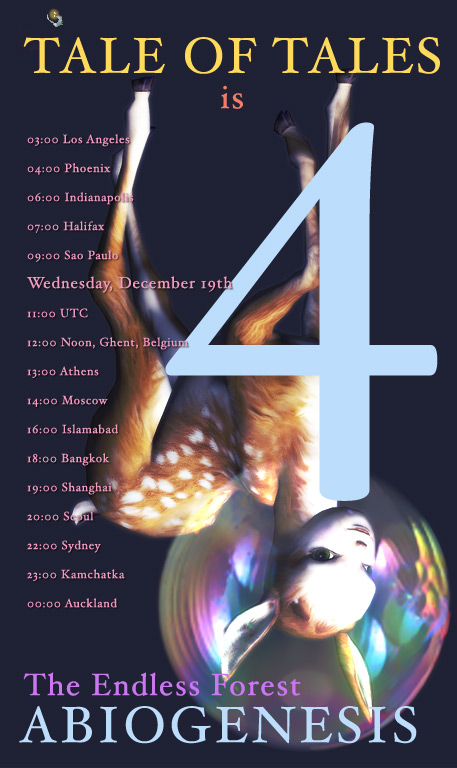What we’ve got left is a huge gulf between popular, full-experience 3D action/adventure games that need to be financial blockbusters to survive, and marginalized casual/handheld/movie licensed games that don’t register on the mass consciousness radar.
We need our B films. We need that freedom to explore truly meaningful new avenues of interaction, quickly and nimbly, without the pressure of an eight-figure budget and multi-year dev schedule weighing down on the whole enterprise. Noir already scouted this territory for us.
Noir begs game developers to reign in the scope of their production budgets, and the conflicts they depict. The noir approach promises games wherein the player isn’t saving the kingdom, world or galaxy; wherein the ubermensch doesn’t mow down a thousand men; wherein we can experience familiar settings in a new way, and infuse the everyday with the extraordinary.
I’m glad the writer isn’t satisfied with what somebody in the comments calls “indie/mini/flash/casual (whatever) games” but is calling for a kind of game design that is still ambitious while finding budget-friendly ways of using the technology. I also like his suggestion of certain themes, popular in film noir, that are easier to portray than epic, massive war stories. And I share his belief that this type of production can lead to revitalizing the medium and lifting it up to a higher artistic standard.



